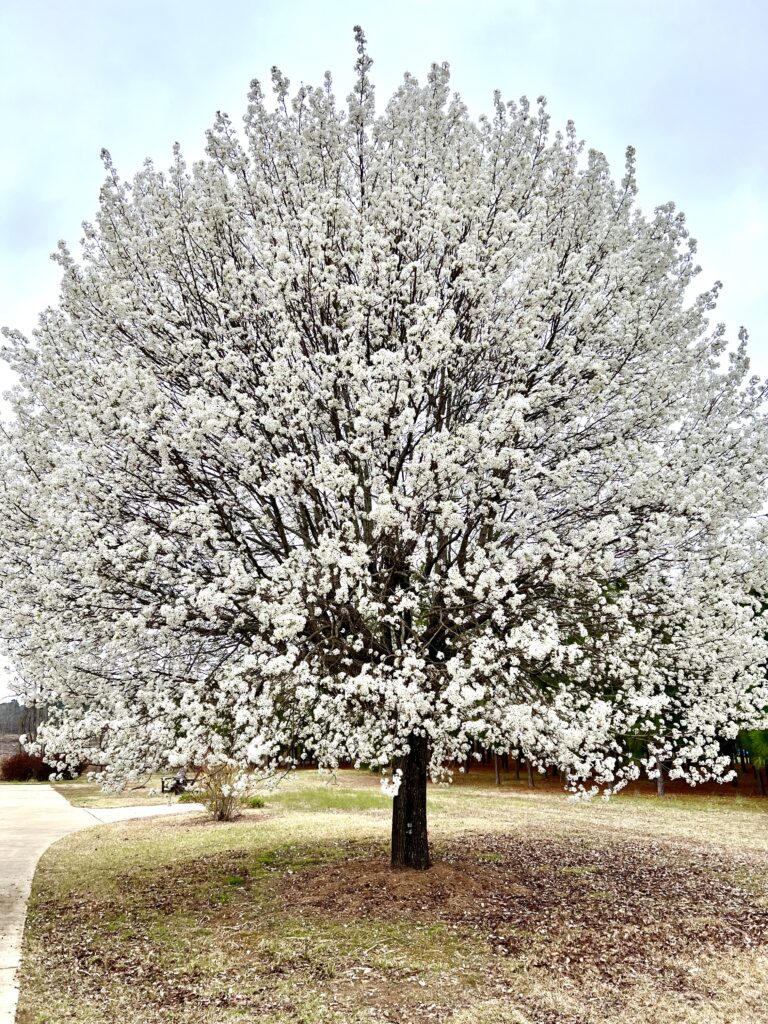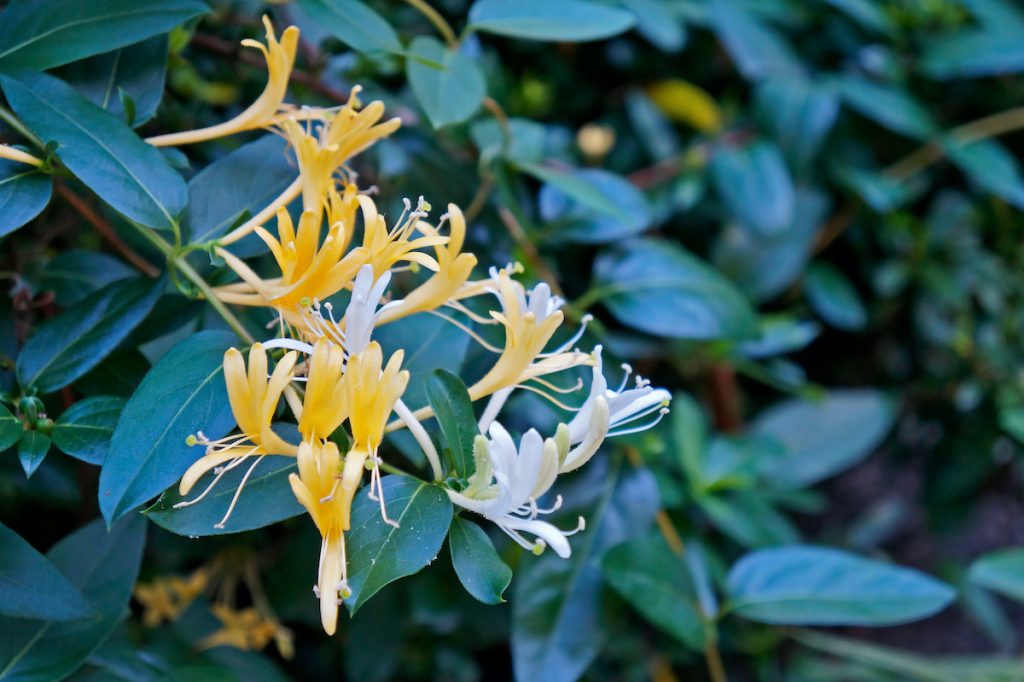Invasive plant species threaten natural ecosystems. They spread by aggressive root systems, prolific seeding, and rapid growth. In short order, they can outcompete native vegetation. In time, this disrupts native habitat and impacts wildlife. Landscapes rife with invasives are no longer able to support longstanding native wildlife.
Not all non-native plants are invasive. But this article focuses on two common invasive plants that are pose concern in the Midwest.
1. Bradford Pear (Pyrus calleryana)

Landscapers introduced the Callery, or Bradford, pear species to the United States in the 1960s. The flowering trees became popular with homeowners as decorative elements for their properties. Unfortunately, these invasive trees spread outside urban centers. They are now prolific in woodlands and along rights-of-way.
Bradford Pear trees harm woodland wildflower populations. Their early blossoms block sunlight from spring ephemerals. Native pollinators like bees and hummingbirds depend on these native wildflowers.
Native Alternative – Chickasaw Plum (Prunus angustifolia)
One native alternative with white spring flowers is the Chickasaw plum. This native is a thicket-forming tree that grows 15-30 ft. tall. Fragrant white flowers in flat-topped clusters bloom in spring. Yellow fruit follows, ripening to red in August or September.
Shop Chickasaw Plum at Forrest Keeling
2. Japanese Honeysuckles (Lonicera japonica)

Japanese honeysuckle is an aggressive component of forest understory and along roadsides. Imported in the early 19th century for erosion control and ornamental value, it can grow up to 20 feet tall.
Birds and small animals eat their berries and deposit the seeds elsewhere. Fast-growing and adaptive, it disrupts the growth of native species in the area. As it grows, it smothers, shades and girdles other competing vegetation.
Native Alternative – Silky dogwood (cornus amomum)
This native offers abundant spring flowers to support native pollinators. Its fruit draws several species of birds. Mature shrubs offer protective habitat for birds and small mammals. Silky dogwood is the larval host to the Spring Azure butterfly.
Shop Silky Dogwood at Forrest Keeling
Forrest Keeling Is Where the Best Natives Begin
Forrest Keeling is North America’s leader in native plant production. With our patented RPM system, we grow hundreds of species of native plants. Each year, we produce almost two million trees, shrubs, perennials, and grasses. Learn more about native alternatives. Talk with a Forrest Keeling team member today to learn about all your native options.
Forrest Keeling Nursery… it’s ‘where the best natives begin!’ Contact us today.
